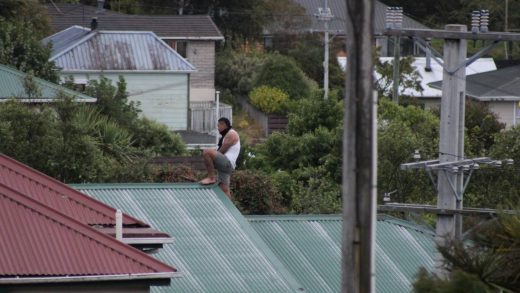
Dean Nelson DOC/Stuff
Two areas in the Mackenzie District recorded above average temperatures in July.
Two areas in the Mackenzie District recorded above average temperatures in July and the Mackenzie Basin is the sunniest region so far in 2023.
The National Institute of Weather and Atmospheric Research (Niwa) July climate summary shows, of the available regularly reporting sunshine observation sites, the sunniest four regions in 2023 so far are Mackenzie Basin (1433 hours), Taranaki (1403 hours), wider Nelson (1403 hours) and Tasman (1369 hours).
The warmest towns compared to average were Taupō, Aoraki/Mt Cook Village, Lake Takapō/Tekapo, and Alexandra, where mean temperatures were at least 2C higher than average for the time of year.
The mean air temperature in Waimate in July was 7.7C, a 1.9C departure from normal and its second-highest mean air temperature for July since Niwa records began in 1908.
Lake Takapō/Tekapo recorded a mean air temperature in July of 4.2C, a 2.3C departure from normal, and its third-highest since records began in 1927.
The mean air temperature at Pukaki Aerodrome for July was 3.6C, an 1.8C departure from normal, and its third-highest since records began 1972.
George Empson
A spectacular backdrop to the power boat racing at Lake Takapō/Tekapo.
A mean air temperature of 4.5C was recorded at Aoraki/Mt Cook Village in July, a 2C departure from normal, and its fourth-highest July mean air temperature since records began in 1929.
A mean maximum air temperature of 9.5C for the month was recorded at Lake Takapō/Tekapo, its highest July mean maximum air temperature since records began in 1927.
Aoraki/Mt Cook Airport recorded its second-highest mean maximum air temperature for July at 9.6C, records began in 1929.
Pukaki Aerodrome recorded its second-highest mean maximum air temperature for July at 10.2C. Records began in 1972.
A mean minimum air temperature for July of 0C was recorded at Aoraki/Mt Cook Village, its second highest since records began in 1929.
Lake Takapō/Tekapo recorded an extreme maximum temperature at 16C on July 18. It was its third-highest daily extreme maximum for the month since records began in 1925.
Near-record daily minimum air temperatures for July were recorded at Aoraki/Mt Cook Airport, Timaru and Waimate.
An extreme minimum air temperature recorded at Aoraki/Mt Cook Airport on July 18 was 9.2C, its second-highest since records began in 1929.
Timaru recorded 8.9C on July 24, its third-highest daily minimum air temperature for July since records began in 1885.
Waimate recorded 9.5C on July 24, its third-highest daily minimum air temperature for July since records began in 1908.
JOHN BISSET/Stuff
Niwa’s seasonal climate outlook from August to October for Coastal Canterbury and the nearby plains, east Otago says temperatures are most likely to be above average (60% chance).
On July 23, snowfall closed several inland South Island roads including SH8 (Twizel to Fairlie), SH80 (Aoraki Mt Cook Highway), SH73 (Porters and Arthur’s passes), and SH7 (Lewis Pass).
About 70cm of fresh snow was reported at the base areas of Roundhill Ski Area (near Lake Takapō/Tekapo) and Mt Hutt ski area (near Methven), respectively.
Niwa’s seasonal climate outlook from August to October for Coastal Canterbury and the nearby plains, east Otago said temperatures were most likely to be above average (60% chance).
“More frequent westerly winds may increase the chance for hot days (greater than 25C) in early-to-mid spring.
“Rainfall totals are most likely to be near normal (45% chance). The second half of August may feature a trend toward more westerly winds, causing frequent fronts and low pressure systems near the South Island; moisture may spill over the Alps into the region at times.”
Soil moisture levels and river flows were most likely to be near normal (45% chance).
JOHN BISSET/STUFF
It was a shock for those brave enough to take a plunge into Lake Tekapō.


